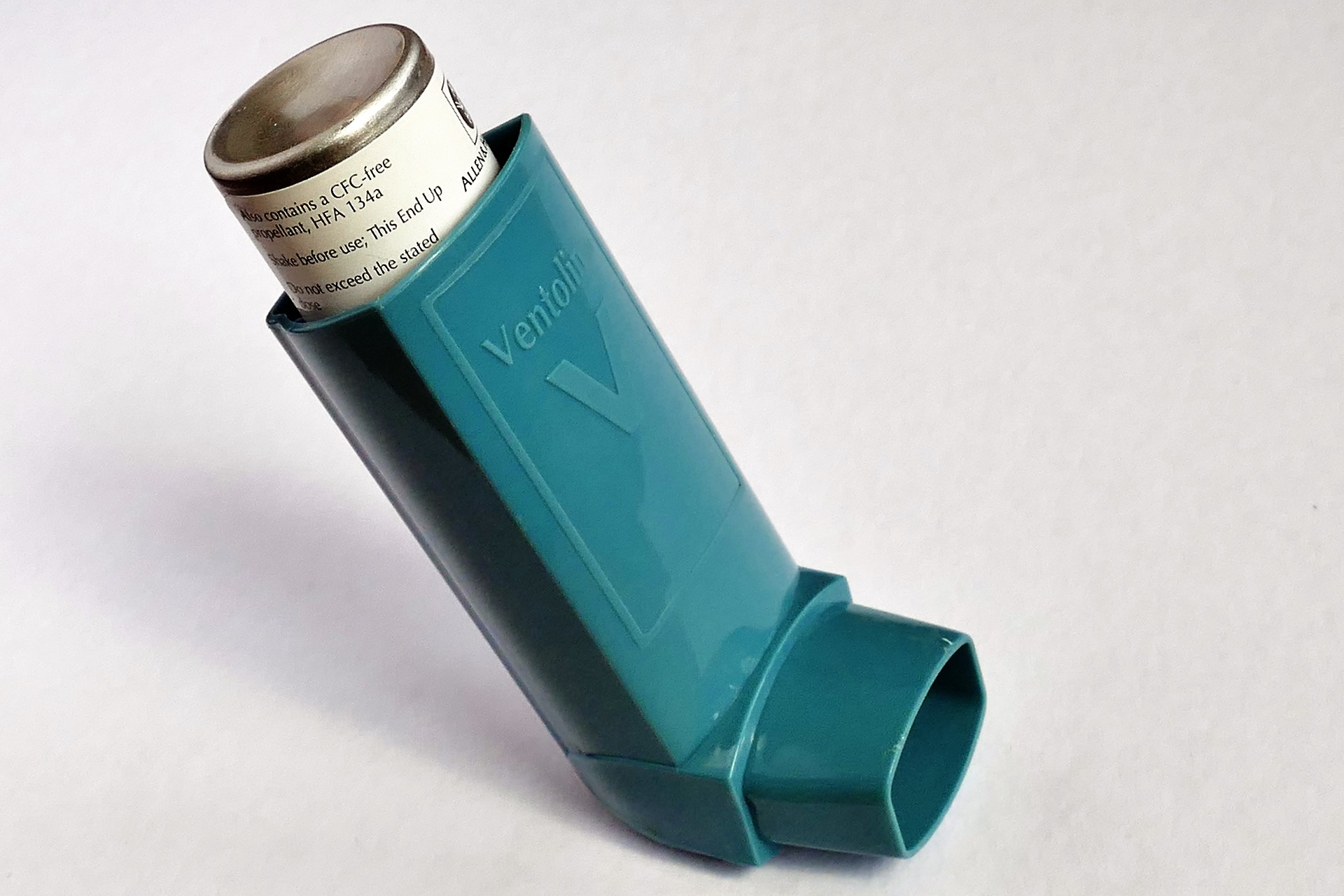Media Release
From: Telethon Kids InstituteResearchers at the Telethon Kids Institute have found children with vitamin D deficiency are more likely to develop asthma.
In the world first study, researchers tracked vitamin D levels from birth to age 10 in Perth children at high risk for asthma and allergy.
The findings, published in the Journal of Allergy and Clinical Immunology, showed repeated bouts of vitamin D deficiency in early childhood were linked to higher rates of asthma at aged 10, as well as allergy and eczema.
Lead author Dr Elysia Hollams from the Telethon Kids Institute said the findings shed new light on a controversial area of research.
“We know vitamin D plays an important role in regulating the immune system and promoting healthy lung development,” said Dr Hollams.
“But while it has been suggested that inadequate vitamin D may be a factor contributing to the surge in asthma rates over recent decades, previous studies investigating the relationship have yielded conflicting results. There has been a lack of research looking at whether vitamin D deficiency is more detrimental at certain periods in childhood.”
“Our study is the first to track vitamin D levels from birth to asthma onset, and it has shown a clear link between prolonged vitamin D deficiency in early childhood and the development of asthma”
“We’ve also shown for the first time that babies deficient in vitamin D have higher levels of potentially harmful bacteria in their upper airways, and are more susceptible to severe respiratory infections.”
“Earlier research by our team and others around the world has identified the first two years of childhood as a critical period during which allergies and chest infections can combine to drive asthma development in susceptible children. Our new findings identify vitamin D deficiency as a co-factor that may promote this process.”
But Dr Hollams said there were still many unknowns in the field of vitamin D research and cautioned against rushing out and purchasing vitamin D supplements.
“We still don’t know what the optimal level of vitamin D is for good lung health and immune function, and we don’t know if supplementation would address this issue, or if healthy sun exposure is what is required, given that vitamin D is an indirect measure of recent sun exposure.”
Co-Author on the study Professor Prue Hart said the findings were a significant endorsement that vitamin D levels may be important throughout childhood.
“UV radiation, from sunlight, is the best natural source of vitamin D,” Professor Hart said. “However, one should know their skin type and should not ignore sun safe guidelines.”
“In a country like Australia where too much sun exposure can prove harmful, it's all about finding a safe and sensible balance between exposure and need.”
“Both children and adults in the southern parts of Australia should aim for sun exposure in the middle of the day during winter to boost vitamin D levels. In summer, it’s still important to wear sun protection during the hottest parts of the day and when the UV index is 3 or above.”
-- ENDS --
Study’s main findings:
- Allergic immune responses were more common in children with low current vitamin D in the first few years
- Repeated periods of vitamin D deficiency in the first decade were linked to higher rates of current asthma, allergy or eczema at age 10 years
- Children with vitamin D deficiency at 6 months of age were more likely to experience two conditions previously associated with heightened asthma risk: increased colonisation of the upper airways by harmful bacteria and increased susceptibility to severe lower respiratory infections involving fever
Available for interview:
- Lead author, Dr Elysia Hollams, Telethon Kids Institute
- Co-author, Professor Prue Hart, Telethon Kids Institute
Watch a short video on the findings here.
About Telethon Kids Institute:
The Telethon Kids Institute is one of the largest, and most successful medical research institutes in Australia, comprising a dedicated and diverse team of more than 500 staff and students.
We've created a bold blueprint that brings together community, researchers, practitioners, policy makers and funders, who share our vision to improve the health and wellbeing of children through excellence in research.
The Institute is headed by leading paediatrician and infectious diseases expert Professor Jonathan Carapetis, with Founding Director Professor Fiona Stanley now Patron.
Telethon Kids is independent and not-for-profit. The majority of funding comes from our success in winning national and international competitive research grants. We also receive significant philanthropic support from corporate Australia and the community.

Expert Reaction
These comments have been collated by the Science Media Centre to provide a variety of expert perspectives on this issue. Feel free to use these quotes in your stories. Views expressed are the personal opinions of the experts named. They do not represent the views of the SMC or any other organisation unless specifically stated.